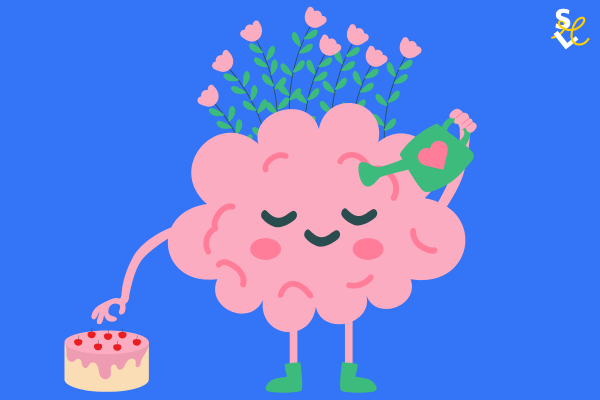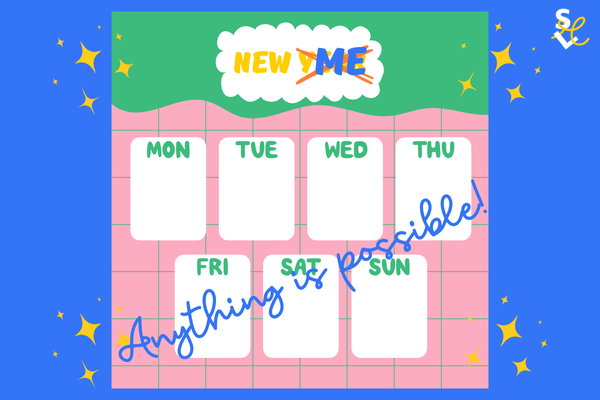Balancing wellbeing that feels good and does good
As the autumn term races towards Christmas, many school leaders find themselves caught between the need for quick bursts of rest and the longing for something more sustaining. Half-term might have offered a brief chance to recharge, but lasting wellbeing comes from more than a few days off.
In this article, we’ll explore the difference between hedonic wellbeing; the temporary boost that comes from pleasure or relaxation and eudaemonic wellbeing; the deeper sense of satisfaction that comes from living and leading with purpose.
Both matter and understanding them can help you find balance, protect your energy and lead in a way that feels good and does good.
Hedonic wellbeing helps us recharge in the moment
Hedonic wellbeing is about feeling good; those moments of pleasure, relaxation or relief that help us unwind and reset. In school life, that might mean laughter in the staffroom, a cancelled meeting or a Friday treat in the staffroom. These small boosts matter because they help us recover from the daily demands of leadership and keep stress from building up.
Eudaemonic wellbeing sustains us for the long haul
Eudaemonic wellbeing goes deeper. It’s the sense of fulfilment that comes from living and working in alignment with your values and purpose. It’s found in meaningful conversations, seeing others grow or knowing your work contributes to something bigger. It doesn’t always feel “happy” in the moment but it gives leadership its sense of direction and depth.
Finding balance
The trouble is, school life often leaves little space for the latter. Leaders, with the best intentions, often focus on hedonic wellbeing for themselves or their teams; arranging treats, social events or wellbeing days, while unintentionally missing opportunities to help people feel purposeful and valued.
But true wellbeing isn’t about choosing one over the other. It’s about balance.
If we only focus on hedonic wellbeing, we risk creating short bursts of relief that fade as quickly as they arrive. If we only focus on eudaemonic wellbeing, we can overlook the human need for rest and joy in the small things. When both are in balance, leaders and teams feel not just happier, but more grounded, resilient and fulfilled.
A coaching approach can help
When you take a coaching stance in your leadership, you naturally nurture eudaemonic wellbeing. You ask questions that help people connect to their purpose. You listen with curiosity, helping them find clarity in their challenges. You give space for reflection, ownership and growth.
That doesn’t mean abandoning the staffroom cake or not cancelling a meeting to give back some time, far from it. It’s about pairing those quick boosts with deeper conversations about what really matters to people in their work.
Try weaving small, coaching-style moments into your week:
- Ask a colleague, “What part of your work feels most meaningful at the moment?”
- Reflect on your own day and notice when you’ve felt most energised.
- Take a pause in meetings to reconnect with purpose, not just the to-do list.
Leading this way not only supports your team’s wellbeing but strengthens your own. It helps you rediscover what drew you to school leadership in the first place. Because lasting wellbeing isn’t found in a single gesture or policy. It’s built in the moments where feeling good and doing good come together.






0 Comments